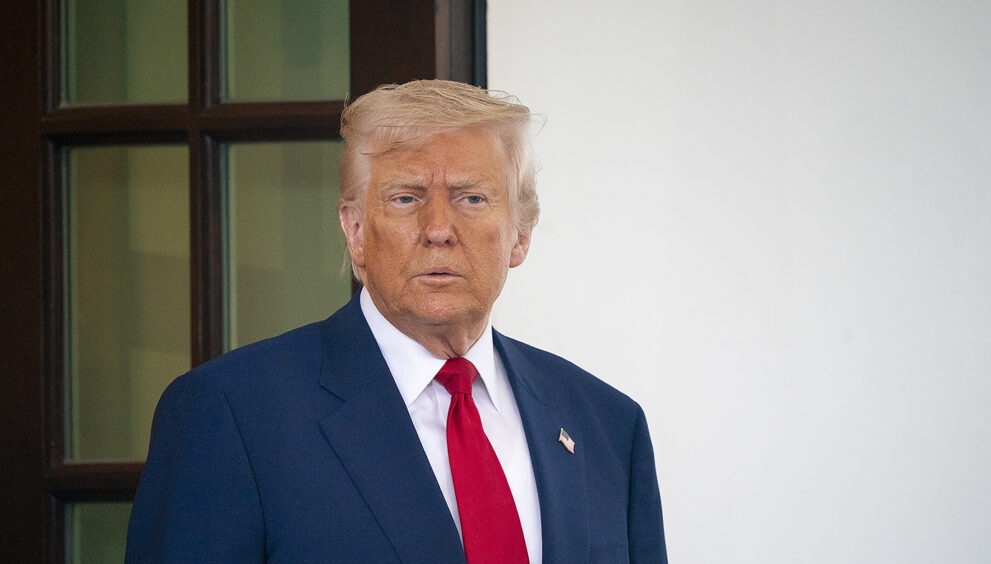The global reaction to a significant trade disruption

During his speech on April 2 in the Rose Garden, President Trump made a memorable declaration before announcing the largest tariff increase in over a century.
However, the aftermath of what Trump dubbed “Liberation Day” did not turn out as expected. Instead, the U.S. saw its most substantial stock market decline since 2020, accompanied by a weakening dollar against major currencies.
The sudden surge in Treasury yields earlier in the week sparked worries about a possible crisis. The situation was somewhat eased when Trump revealed a 90-day halt on reciprocal tariffs, excluding China. Despite this newfound flexibility, financial markets remain on edge until the trade dispute is resolved.
The Wall Street Journal’s editorial board labeled Trump’s tariffs as “the most significant policy shock to the global trading system” since Nixon’s Bretton Woods demise in 1971, leading to significant financial market turbulence. The recent tariffs mark the end of the post-war trading system that bolstered global trade and economic growth, shifting instead to reciprocal tariffs based on bilateral trade surplus to exports to the U.S.
In the absence of agreed-upon rules governing international trade, U.S. trading partners are struggling to strike individual deals with the U.S., as Trump rejects multilateral agreements. Forecasts suggest U.S. economic activity might slow down significantly, with investor confidence dwindling due to the expected rise in tariffs. This has also raised concerns about stagflation.
Investors are keen on understanding the nature of the trade shock, anticipating policy responses, evaluating market expectations, and making informed decisions to navigate their portfolios effectively amidst the lingering uncertainty surrounding the trade war.






















































































































































































































































































































































































































































































































































































































































































































































































































































































































































































































































































































































































































































































































































































































































































































































































































































































































































































































































































































































































































































































































































































































































































































































































































































































































































































































































































































































